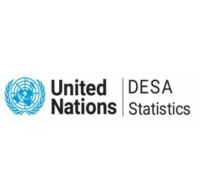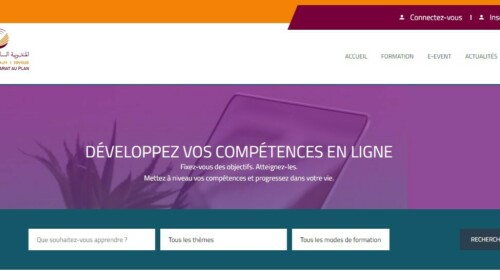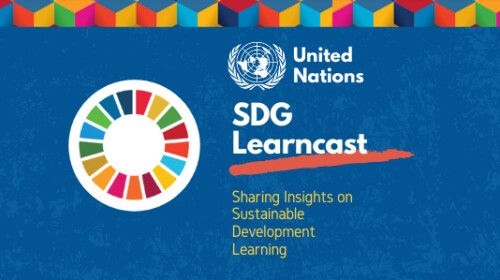The System of Environmental-Economic Accounting (SEEA) 2012—Central Framework is a multipurpose conceptual framework for measuring the interactions between the environment and the economy. By providing an internationally agreed standard with agreed concepts, definitions and classifications, the SEEA is an invaluable tool for compiling integrated statistics on the economy and the environment. The SEEA framework follows a similar accounting structure to the System of National Accounts (SNA). The SEEA uses concepts, definitions and classifications consistent with the SNA in order to facilitate the integration of environmental and economic statistics. By doing so, the SEEA allows us to develop indicators and conduct analysis on the economy-environment nexus.
The SEEA facilitates better informed decision-making. The SEEA Central Framework offers a means of monitoring pressures exerted by the economy on the environment, in terms of abstraction of natural resources and emissions; impacts in terms of changes in stocks of natural resources; and how the economy responds in terms of expenditure on environmental protection and resource management. The SEEA does not propose particular indicators, but is instead a holistic multi-purpose information system that can generate a wide range of statistics and indicators with varying potential analytical applications.
The course is self-paced without instruction and can be taken at any point in time.
The course is available in Arabic, English, French, Russian and Spanish.
Target Audience
The target audience includes compilers (and potential compilers) of SEEA accounts. The target audience also includes ministries or experts which provide data used in SEEA accounts. Policy analysts may also find this course useful.
Learning Objectives
- Understand the conceptual framework used for the SEEA
- Learn the basic concepts, definitions and classifications used in the SEEA Central Framework
- Learn how the SEEA is implemented in countries
- Understand how the SEEA contributes to developing policies for sustainable development








